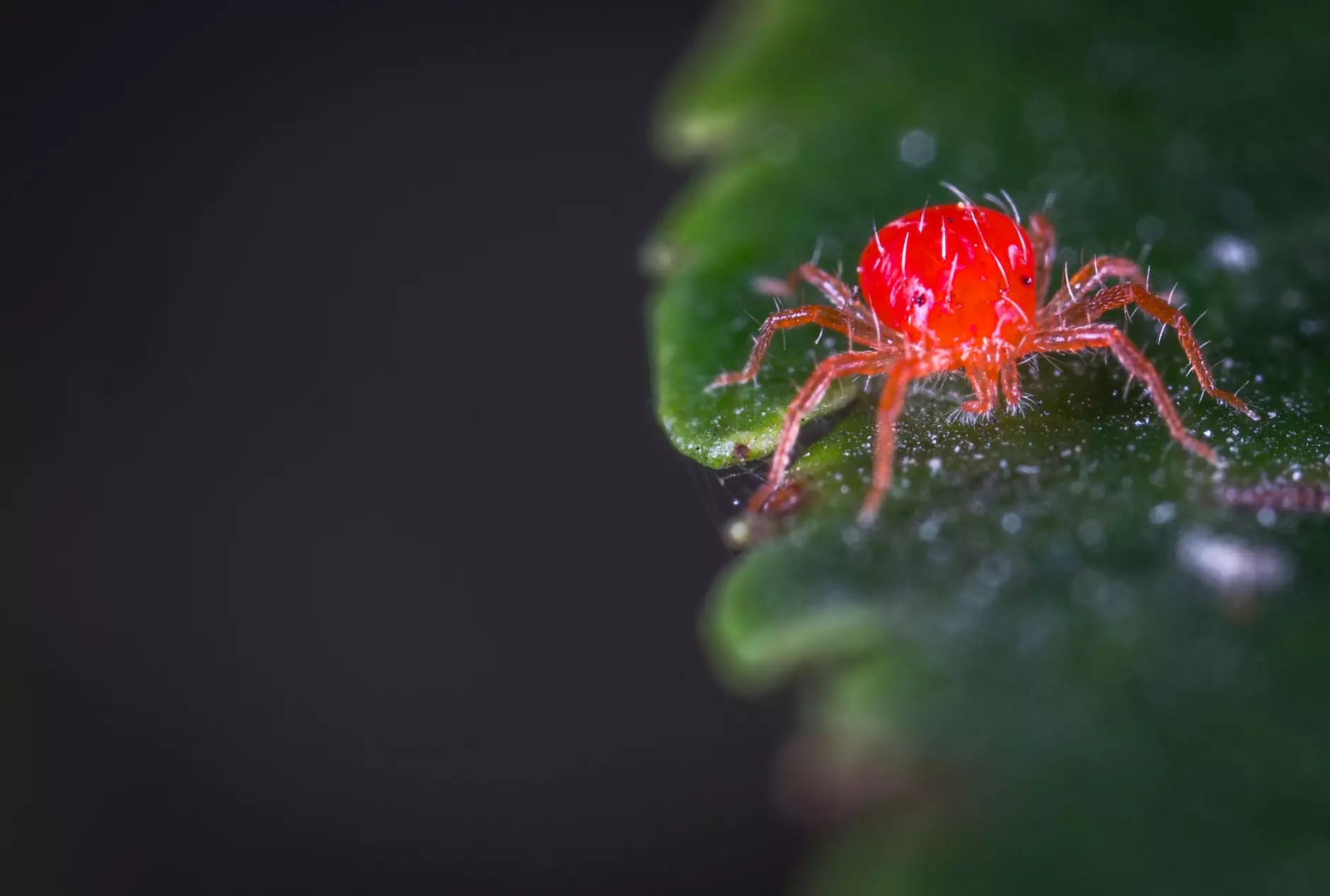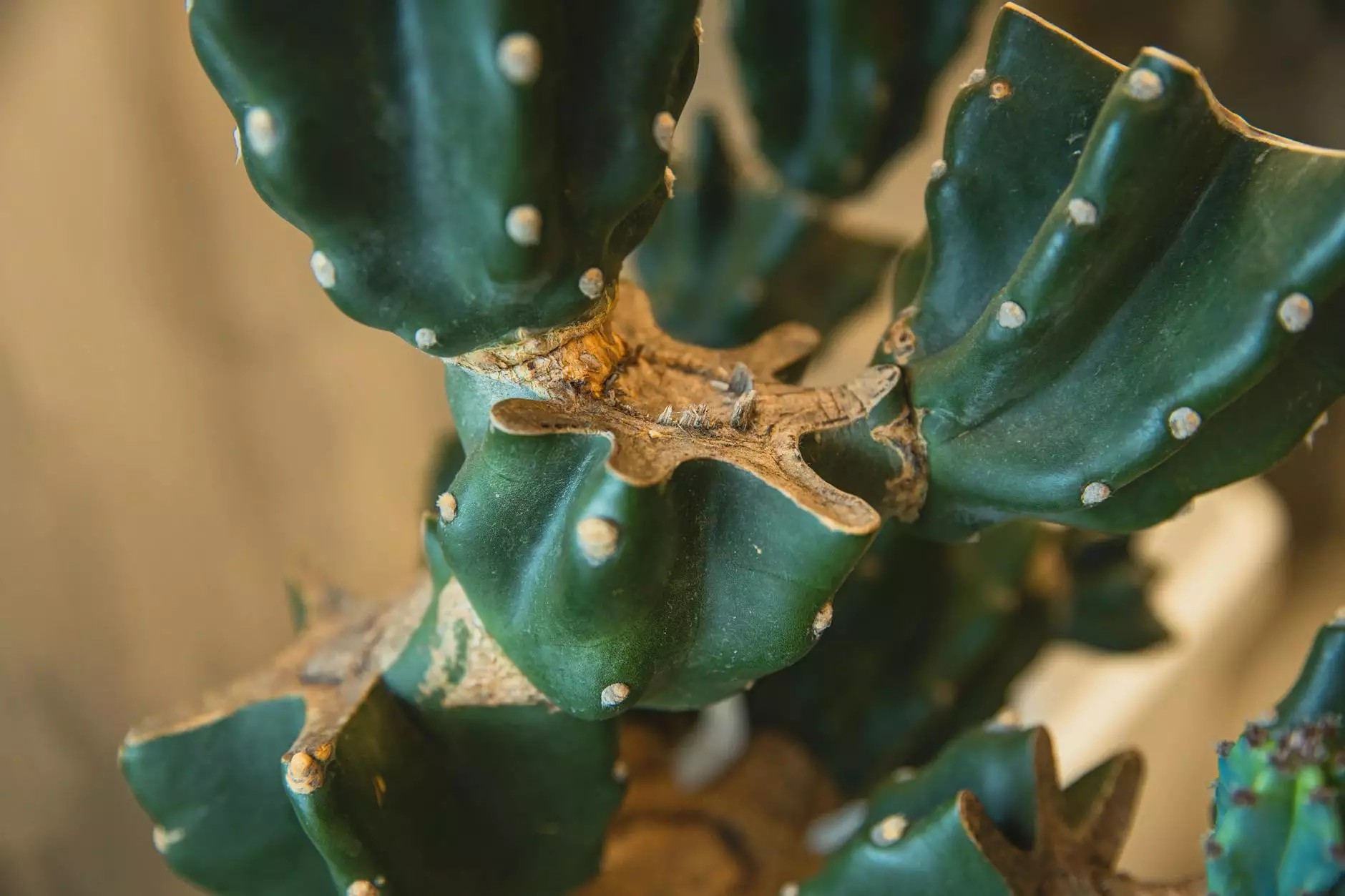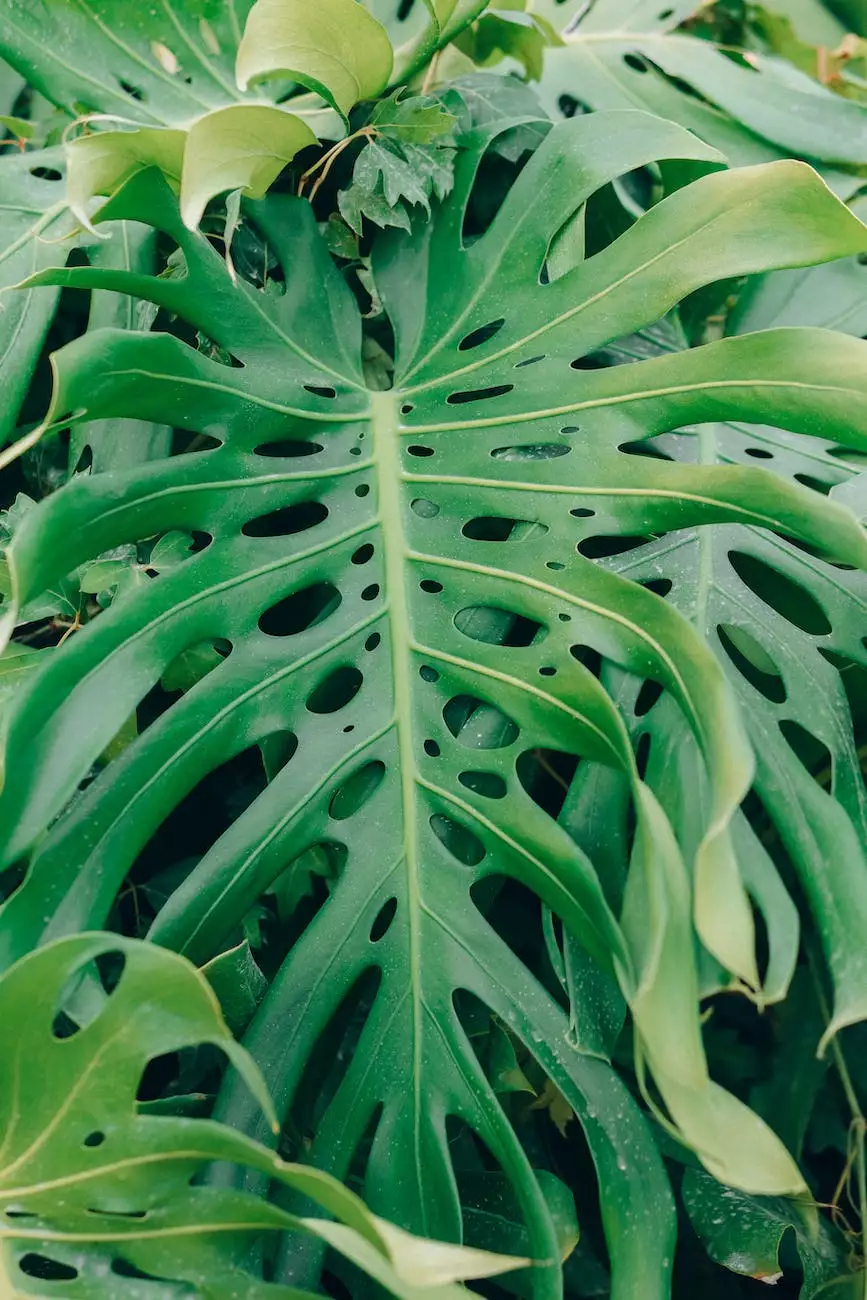Spider Mites 101: A Comprehensive Guide by Cutting Hedge Services

Introduction to Spider Mites
Spider mites are minuscule arachnids that belong to the Tetranychidae family. They are common pests that can wreak havoc on your plants, affecting their health and overall appearance. At Cutting Hedge Services, we understand the importance of protecting your garden from these destructive pests.
Understanding Spider Mite Behavior
Spider mites are known for their rapid reproduction rates and ability to infest plants quickly. These pests thrive in warm and dry conditions, making them problematic during certain seasons. By understanding their behavior, you can take necessary preventive measures to safeguard your garden.
Identifying Spider Mite Damage
Spider mite infestations often go unnoticed until significant damage is done. Common signs include the presence of fine webbing, yellow or bronze discoloration on leaves, stippling (small dots) on plant surfaces, and premature leaf drop. Being able to identify these symptoms will allow you to address the situation promptly.
The Importance of Mulch
Mulching is a highly effective technique in preventing spider mite infestations. Mulch not only helps to retain moisture in the soil but also acts as a barrier, discouraging spider mites from accessing your plants. At Cutting Hedge Services, we provide top-quality mulch materials that offer long-lasting protection for your garden.
Weed Prevention for Spider Mites
Weeds can serve as hosts for spider mites, allowing them to spread to your desired plants. By implementing efficient weed prevention strategies, you can significantly reduce the risk of spider mite infestations. Our team at Cutting Hedge Services specializes in weed control methods tailored to your garden's specific needs.
Effective Spider Mite Control Techniques
Dealing with spider mites requires a proactive approach. Cutting Hedge Services offers a comprehensive range of control techniques that are proven to be effective:
1. Natural Predators
Introducing beneficial predatory mites, such as Phytoseiulus persimilis or Amblyseius californicus, can help control spider mite populations naturally. These predatory mites feed on spider mites, reducing their numbers and preventing further damage to your plants.
2. Organic Insecticides
If the infestation is severe, organic insecticides can provide effective spider mite control. Cutting Hedge Services offers environmentally friendly options that target spider mites while minimizing harm to beneficial insects and your garden's ecosystem.
3. Water Spray
A strong water spray can physically dislodge spider mites from plants. Regularly rinsing your plants with water helps keep the population in check, especially when combined with other prevention methods.
4. Pruning Infested Areas
Removing heavily infested leaves and branches can help curb the spread of spider mites. Proper pruning techniques, coupled with other control methods, can effectively manage the infestation.
Maintaining a Spider Mite-Free Garden
Preventing spider mite infestations requires ongoing maintenance and vigilance. Regularly inspect your plants for signs of infestation and promptly address any issues. At Cutting Hedge Services, we offer tailored garden maintenance packages that aim to keep your garden healthy and spider mite-free.
Conclusion
Spider mites can pose a significant threat to the health and aesthetic appeal of your garden. By being proactive and implementing effective control measures, you can protect your plants and maintain a beautiful, vibrant garden. Cutting Hedge Services is your trusted partner in spider mite prevention and control. Contact us today to learn more about our comprehensive services and take the first step towards a thriving garden!




